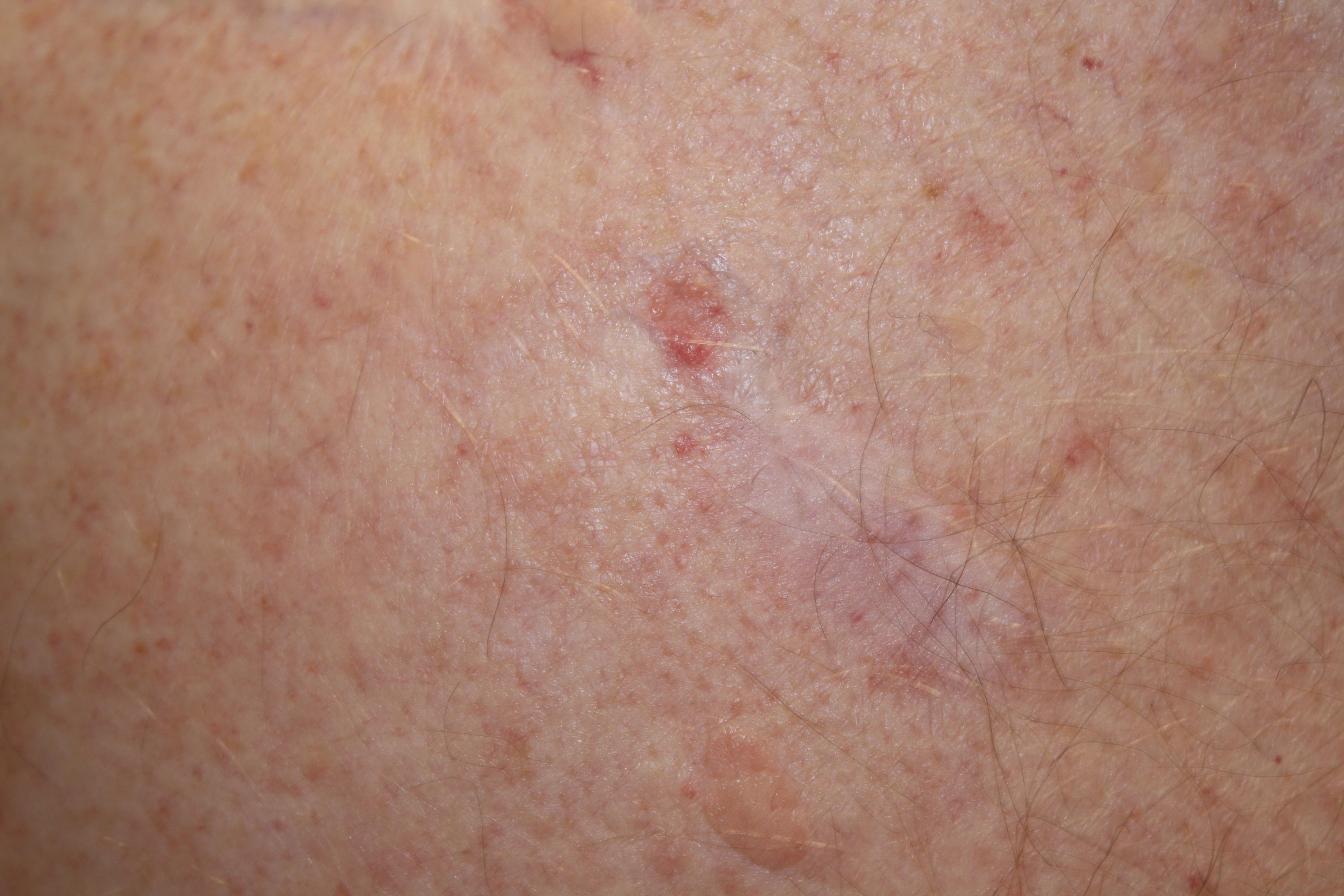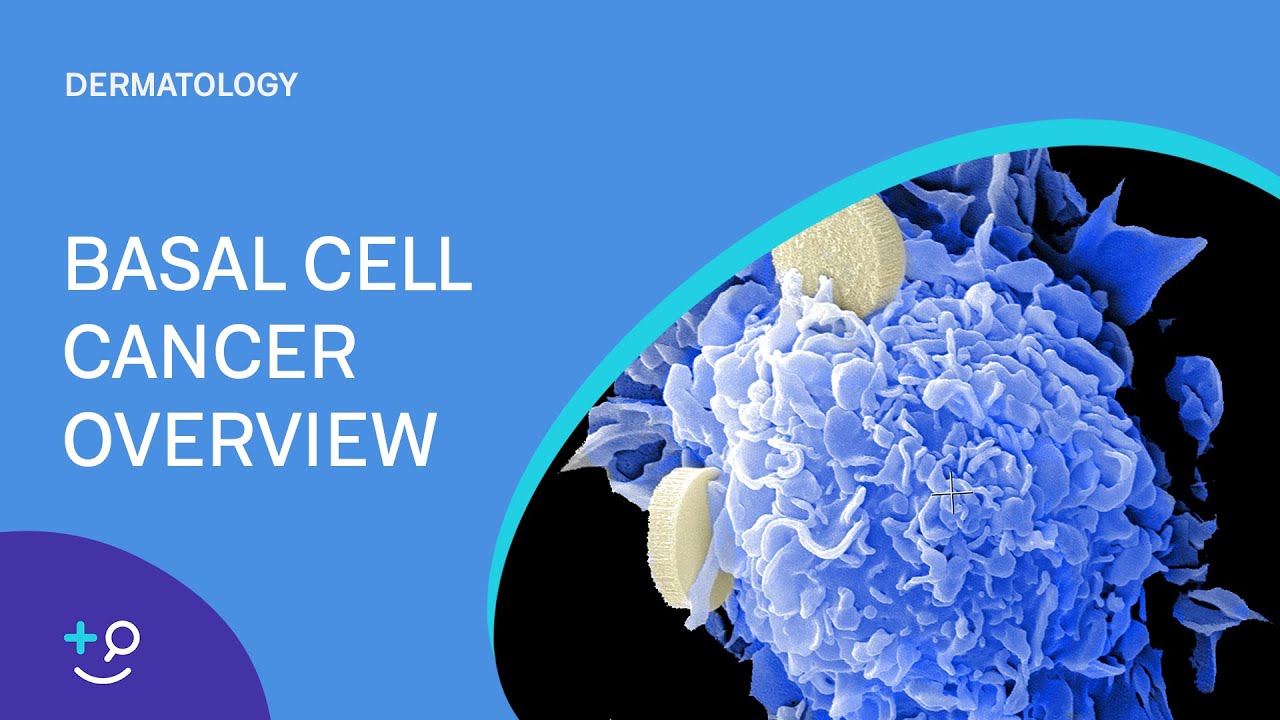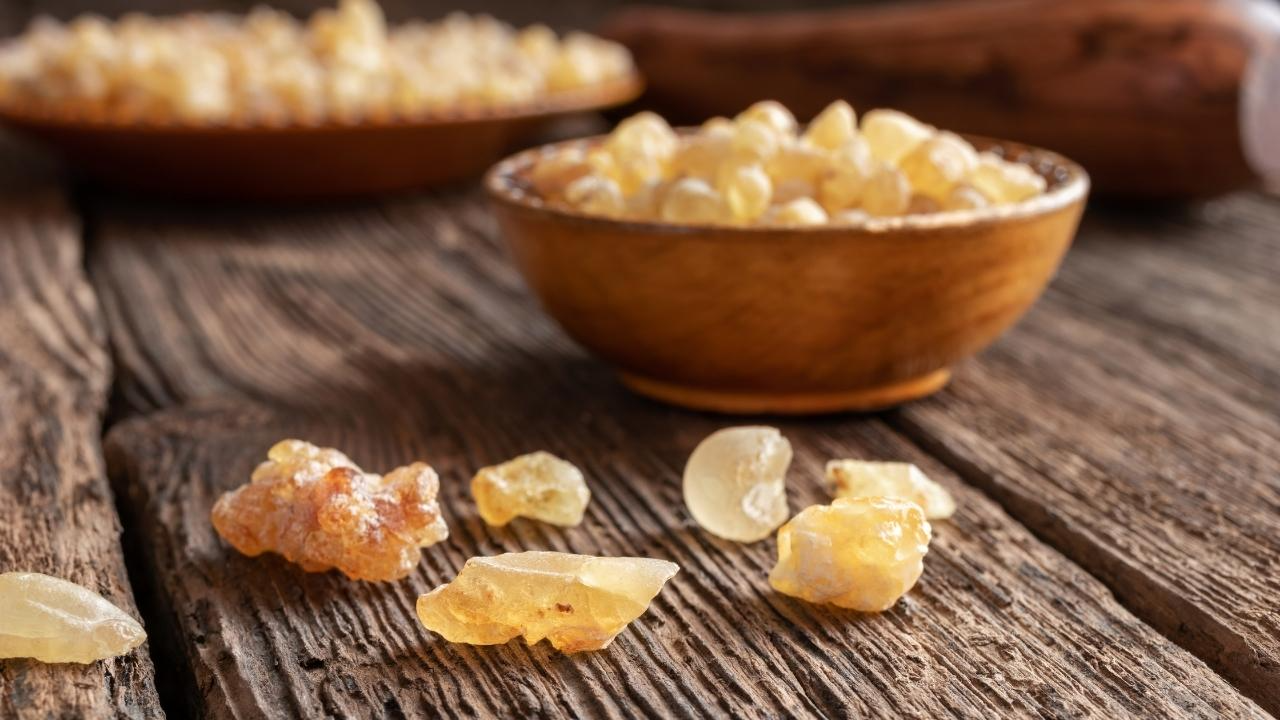Basal-Cell Carcinoma - Skin Management Using Essential Oil
The most common type of skin cancer is basal-cell carcinoma, or BCC. BCC is becoming more common around the world, which is resulting in higher health-care costs. Patients with BCC can choose from a variety of treatment options, including surgery, electrodessication, radiation, and photodynamic therapy, as well as non-invasive therapeutic approaches.
Author:Suleman ShahReviewer:Han JuNov 07, 2022140 Shares2.1K Views

The most common type of skin cancer is basal-cell carcinoma, or BCC. BCC is becoming more common around the world, which is resulting in higher health-care costs.
Patients with BCC can choose from a variety of treatment options, including surgery, electrodessication, radiation, and photodynamic therapy, as well as non-invasive therapeutic approaches.
Frankincense essential oil, prepared by hydrodistillation of Boswellia sacra gum resins, has anti-cancer activity and could provide a non-surgical and non-invasive treatment option for BCC by topical application.
The use of essential oil frankincense (Boswellia sacra) to treat BCC of the skin is discussed in this article.
A Look At Basal-Cell Carcinoma - A Type Of Skin Cancer
All cancers are most common in the skin, with basal-cell carcinoma (BCC) being the most common type. More than 2 million cases of BCC are diagnosed in the United States every year, according to estimates. Furthermore, because of the rising prevalence of BCC around the world, it has become a major health concern with significant financial implications.
BCC can cause significant local destruction and disfigurement by invading surrounding tissues, despite the fact that the majority of BCC grows slowly and rarely spreads to other parts of the body. Recurrent, locally advanced, or metastatic BCC are all possibilities for patients.
Localized and advanced BCC have been treated with a variety of treatment options, including surgical interventions and non-surgical alternatives.

What is Basal Cell Skin Cancer? - Basal Cell Cancer Explained [2019] [Dermatology]
How Essential Oil Works For BCC
Aromatic gum resins, also known as frankincense, are obtained from trees of the genus Boswellia (family Burseraceae) and have been used in ayurvedic and traditional Chinese medicine to treat a variety of ailments. The active ingredients in Boswellia species have anti-cancer properties.
Animal models have shown that frankincense extracts inhibit tumor growth and induce tumor apoptosis. An extract prepared from Boswellia serrata reduces cerebral oedema and has anti-cancer activity in patients who have had their brain tumors irradiated in a human clinical study.
Although frankincense essential oilsobtained by hydrodistillation of gum resins have traditionally been used in aromatherapy, it has been shown that frankincense essential oil obtained through a chemical-free extraction method has anti-tumour activity in suppressing proliferation and inducing apoptosis of various human cancer cell lines in cultures and an animal model.
We present a case of local application of frankincense essential oil, prepared from Boswellia sacra and obtained through an optimized hydrodistillation condition, on two separate BCCs in one patient, which resulted in total resolution of one tumor and a significant reduction in tumor size in the other, with no detectable side effects.
We believe that using frankincense essential oil as a non-surgical treatment option for BCC is a good idea.

Basal Cell Cancer Overview [Dermatology]
The Case Report
A 56-year-old man had a skin lesion on his left upper arm (Figure 1A) and right chest when he went to his doctor. The lesions, he claimed, had been present for a long time. There was nothing itchy or painful about these lesions.
Three years ago, the patient had been diagnosed with squamous-cell carcinoma and had surgery. There was no historyof skin cancer or melanoma in her family.
Both lesions were subjected to a shaved biopsy. The nodular BCC on the arm was diagnosed, and the BCC with a superficial, nodular, and infiltrative growth pattern on the chest was identified.
Both specimens revealed incomplete excision, indicating that the patient still had residual BCC. Following a review of the pathology slides, board-certified anatomic pathologist Dr. KM Fung confirmed the diagnosis.
Management And Outcome
Over the course of four months, both lesions received topical application of frankincense essential oil hydrodistillate several times a day. BCC on the arm had completely disappeared by the end of the treatment, and the skin had healed smoothly.
Biopsy material obtained from this area revealed only focal and mild chronic inflammatory cell infiltration and scar formation, with no residual BCC visible.
During treatment, the lesion on the chest shrank gradually on gross examination. The original lesion had shrunk to approximately 20% of its original size by the end of the treatment. Histological examination demonstrated extensive scar formation.
On glass slides, a residual BCC focus with a maximum dimension of 1.3 mm was discovered. On histological slides, this focus was estimated to account for 10% of the total volume of biopsy material. In comparison to the original biopsy, which had only a few pyknotic/apoptotic cells, this post-treatment lesion had a large number of them.
Although the original biopsy had an infiltrative component, the post-treatment biopsy was mostly made up of nodular BCC.
Topical nonsurgical therapies are frequently used to treat superficial BCC. Patients with BCC can benefit from conservative treatments such as photodynamic therapy and topical medications.
The Food and Drug Administration (FDA) has approved imiquimod and fluorouracil as topical medications for the treatment of BCC. The 5% imiquimod cream is applied topically for six weeks or longer, with response rates ranging from 80% to 90%; the 5% fluorouracil cream is applied twice daily for three to six weeks, with response rates exceeding 80%.
All treatment characteristics are important determinants of treatment selection, and population preferences for either of these treatments vary significantly. Patients are frequently concerned about cosmetic outcomes and side effects, in addition to the likelihood of clearance and cost associated with these treatment options.
Traditional Chinese medicine has used frankincense gum resins as a component in anti-cancer drugs. The hydrodistillation conditions for preparing frankincense essential oil from Boswellia sacra gum resins with potent anti-cancer activity have been optimized.
In cultured human bladder, breast, colon, and pancreatic cancer cells versus their normal counterparts, frankincense essential oil was found to have potent growth suppression and apoptosis induction activity.
In a heterotopic xenograft human pancreatic cancer mouse model, frankincense essential oil-modulated anti-tumour activity was also observed.
The results of the current case study, which used topical application of frankincense essential oil to treat BCC, are consistent with a previous newsreport that frankincense essential oil distilled from Boswellia carterii gum resins is effective in the treatment of malignant melanoma in horses.
More importantly, frankincense essential oil did not cause side effects throughout the treatment, as described in cases treated with other topical applications such as imiquimod, fluorouracil, and photodynamic therapy, which included redness, swelling, erosion, crusts, vesicles, squamae, itching, and tingling.
The low risk of side effects from frankincense essential oil is in line with a previous study that found no severe side effects from chemical extraction of Boswellia serrata gum resins when given to patients who had been irradiated for brain tumors.
People Also Ask
What Essential Oil Gets Rid Of Skin Cancer?
Frankincense essential oil, which is well-known in Indian Ayurvedic and African folk medicine, has been shown to suppress the growth of human melanoma cancer cells and protect the liver from hepatotoxicity, according to published research.
How Do You Shrink Basal Cell Carcinoma?
For advanced basal cell cancers, targeted therapy or immunotherapy may be used. A targeted drug like vismodegib (Erivedge) or sonidegib (Odomzo) can shrink or slow the growth of basal cell cancer in rare cases where it has spread to other parts of the body or can't be cured with surgery or radiation therapy.
What Kills Basal Cell Carcinoma?
Actinic keratosis and small basal cell and squamous cell carcinomas are the most common conditions for which cryotherapy is used. The doctor uses liquid nitrogen to freeze and kill the cells in the tumor as part of this treatment.
Does Frankincense Help With Cancer Treatment?
Although a few laboratory studies have suggested that frankincense oil may have anti-cancer properties, there is no evidence that it can treat or prevent cancer in humans.
Conclusion
By modulating multiple signaling pathways and activating caspase-dependent apoptosis in cancer cells, Frankincense essential oil obtained from hydrodistillation of Boswellia species gum resins possesses anti-cancer properties.
With a better understanding of biological compounds and their mechanisms of action, frankincense essential oil could be a safe and effective topical treatment for BCC.

Suleman Shah
Author
Suleman Shah is a researcher and freelance writer. As a researcher, he has worked with MNS University of Agriculture, Multan (Pakistan) and Texas A & M University (USA). He regularly writes science articles and blogs for science news website immersse.com and open access publishers OA Publishing London and Scientific Times. He loves to keep himself updated on scientific developments and convert these developments into everyday language to update the readers about the developments in the scientific era. His primary research focus is Plant sciences, and he contributed to this field by publishing his research in scientific journals and presenting his work at many Conferences.
Shah graduated from the University of Agriculture Faisalabad (Pakistan) and started his professional carrier with Jaffer Agro Services and later with the Agriculture Department of the Government of Pakistan. His research interest compelled and attracted him to proceed with his carrier in Plant sciences research. So, he started his Ph.D. in Soil Science at MNS University of Agriculture Multan (Pakistan). Later, he started working as a visiting scholar with Texas A&M University (USA).
Shah’s experience with big Open Excess publishers like Springers, Frontiers, MDPI, etc., testified to his belief in Open Access as a barrier-removing mechanism between researchers and the readers of their research. Shah believes that Open Access is revolutionizing the publication process and benefitting research in all fields.

Han Ju
Reviewer
Hello! I'm Han Ju, the heart behind World Wide Journals. My life is a unique tapestry woven from the threads of news, spirituality, and science, enriched by melodies from my guitar. Raised amidst tales of the ancient and the arcane, I developed a keen eye for the stories that truly matter. Through my work, I seek to bridge the seen with the unseen, marrying the rigor of science with the depth of spirituality.
Each article at World Wide Journals is a piece of this ongoing quest, blending analysis with personal reflection. Whether exploring quantum frontiers or strumming chords under the stars, my aim is to inspire and provoke thought, inviting you into a world where every discovery is a note in the grand symphony of existence.
Welcome aboard this journey of insight and exploration, where curiosity leads and music guides.
Latest Articles
Popular Articles
